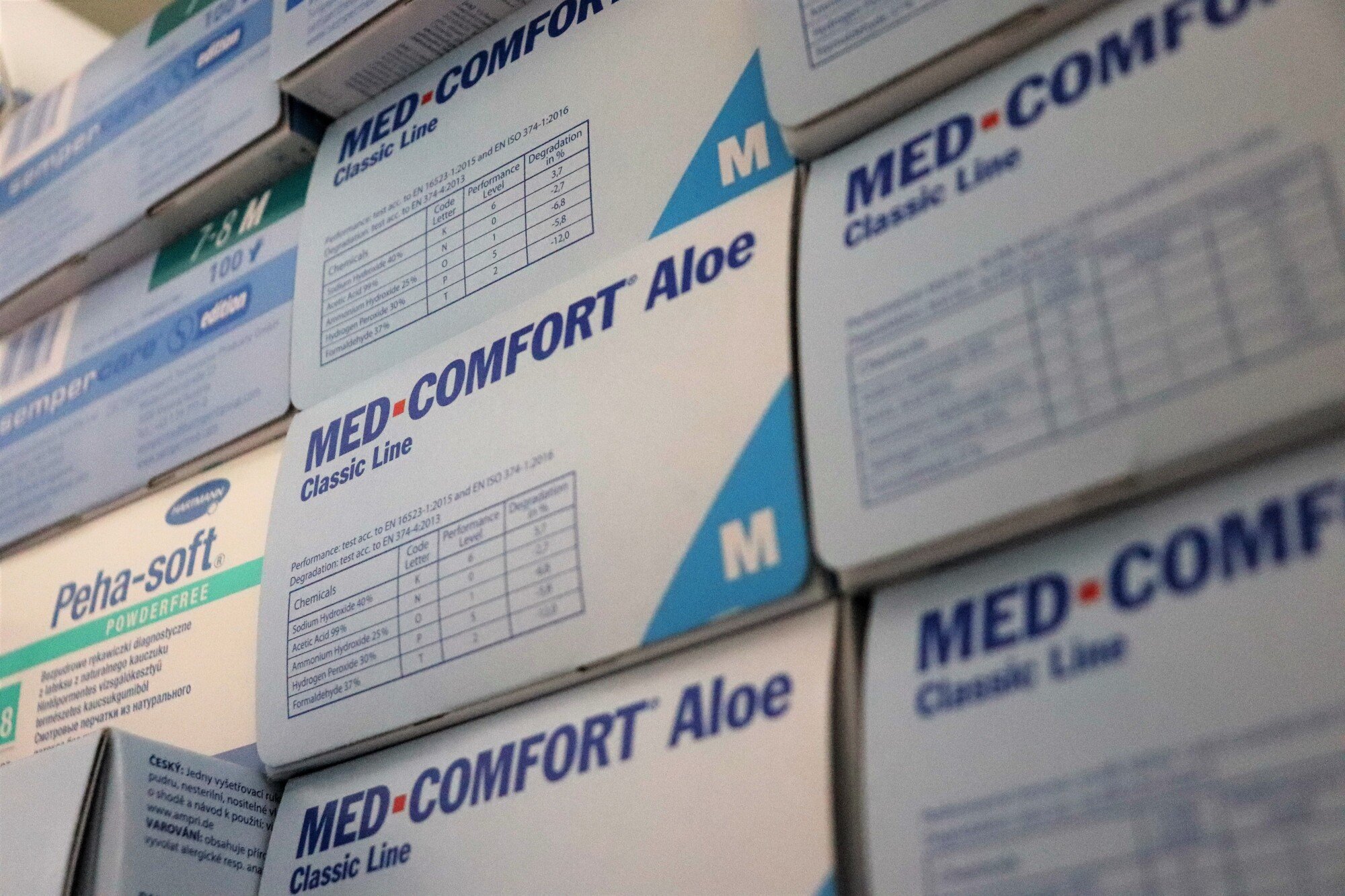
Hospital and material managers understand the importance of accurate supply data. A recent survey asked healthcare administrators about the value of hospital supply management. Participants rated supply chain optimization and cost reduction as top priorities.
Are you looking for ways to improve your facilities’ supply chain tracking? Keep reading this guide on supply chains and software to find solutions to meet your needs.
Healthcare Supply Chain
Healthcare supply chain management (SCM) involves tracking several activities. This includes the manufacturing, transportation, and storage of all hospital supplies. Examples range from pharmaceuticals and medical devices to information technology (IT) services.
Issues Related to Healthcare Supply Chains
Supply chains allow buyers to get the products they want. In healthcare, patients are the consumers, and the products play a key role in their treatment. It’s vital to have access to the best and most affordable supplies needed.
The healthcare business model isn’t based on supply and demand. Thus, hospital supply chains are very different from those in the business industry. Increasing regulations and patient expectations create new challenges.
Effective SCM is the central focus for providing quality, affordable patient care. This has a big impact on the cost structure of hospital systems. Healthcare organizations now rely on holistic and end-to-end SCM approaches.
The Affordable Care Act creates a “pay-for-value” model. Healthcare providers’ reimbursement rewards performance and results.
This is a change from the “pay-for-service” model of the past. Now healthcare administrators strive to offer quality patient care at affordable prices. The following describes examples of supply chain strategies.
Supply Conservation
Healthcare leaders now gather key staff members to discuss the best supply allocation. This increases everyone’s understanding of problems such as shortages or excess inventory. The team can then work to develop an efficient, cost-effective system.
Improving Supply Inventory Management
Implementing an IT inventory management system improves SCM. Software that uses artificial intelligence or predictive analysis enhances productivity.
Machine learning optimizes workflows and ensures the completion of all functions. This reduces privacy violations and demographic biases while ensuring accuracy.
Establish a Reliable Inventory
During the past year, many facilities faced supply shortages and prolonged wait times. Inventory management software provides data showing each supply company's performance.
You can check shipping costs, accuracy, fill rates, and deliveries times per vendor. Now you have the information needed to make the most informed decisions.
Improve Communication
Open, effective communication is key to optimizing the supply chain flow. These tools help supply managers track inventories and choose the best distributors.
To meet critical needs, facility managers must share and understand this data. This allows shareholders to make data-driven product management and inventory conservation decisions.
The Role of Supply Chain Analytics
Supply chain analytics help facilities review and gain insights from big data. This encompasses the receipt, processing, and distribution of supplies. Effective SCM systems rely on supply chain analytics for best performance.
The ultimate goal of supply chain analytic software is efficient, quality patient care. Facilities can achieve this via accurate forecasting of and managing inventory needs.
These analytics use end-to-end processes to gather key data. You must have effective integration of SCM systems and supply chain execution platforms. This allows you to see what’s going on at every step of the process.
2-Bin Kanban Systems
The 2-Bin Kanban for Healthcare offers a reliable and efficient supply delivery system. This visual hospital inventory replenishment platform revolutionizes your supply management.
Optimized Inventory
You’ll have items delivered to the right place, in the right quantity, when you need them. No more ambiguity or excess supply inventories.
The following summarizes the advantages of this software system:
- Reduced repetitive medical supply expenses by 5 percent every year
- Reduced inventory holding costs by 25 percent every year
- Increased overall efficiency in supply chain operations by 30 percent every year
- Reduction of 25 percent in the space needed to store supplies
This system removes safety risks for patients by eliminating expired supplies. Your inventory is kept up to date including the removal of obsolete products.
Reducing excess inventory decreases the space needed to store supplies. Healthcare staff can focus on care instead of waiting for and restocking supplies.
Easy to Use
The BlueBin Kanban system pairs perfectly with a user-friendly, intuitive analytics dashboard. This means your staff will feel confident using the software actionable data presented.
It employs universal standards so that everything works the same way. All workstations and supply areas will remain neat and organized in the same manner. This standardizes workflows and eliminates reliance on a few trained employees.
Flexibility and transparency are keys to success in today’s constantly changing environment. Data-driven decisions based on platform-generated reports produces positive outcomes. This software performs daily audits and checks to maintain an efficient inventory system.
Lower Operating Costs
You’ll benefit from reduced operating costs and improved return on investment. The entire facility will also be positioned for long-term growth.
When staff members use BlueBin’s Kanban system, they can see the supply status at a glance. This makes it easy to replenish the supplies that are at a low level. It eliminates the need to check each item's quantity individually.
When the bins are scanned, Bluebin SmartScan sends refill orders directly to the vendor. The distributor or manufacturer stores the bulk of the inventory instead of the healthcare facility.
This makes it easy to scale and adjust your supply levels as needed. It also saves hospitals space, staff resources, time, and money.
Are You Ready to Optimize Your Supply Chain Management?
Healthcare facilities face great pressure to meet the demands of the pandemic. This significantly affects hospital supply chain management. BlueBin offers analytics software and SCM solutions to address those demands.
We strive to add value to your SCM by ensuring providers have the right supplies when needed. Our easy-to-use platform reduces operational waste which decreases costs. Your providers can focus on providing the best care to the patients.
Get in touch today to improve your hospital supply chain management.
